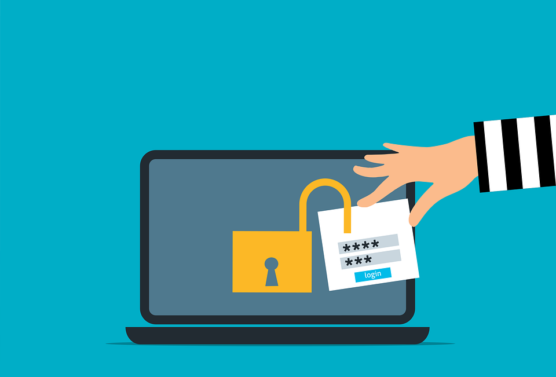While the calendar year begins in January, for the business world, it is often July that indicates a new fiscal year. With that in mind, now is the time to think about how you want to do things over the next 12 months. There may be expected changes to the budget, advertising, marketing, and other facets of business but one area that companies overlook – their website.
Your company website is one of the most important investments you can make to boost your business’s bottom line. After all, numerous studies show that consumers check out a company online before they ever call or visit the location. So, if your website needs a redesign to remain effective, then chances are that potential customers will find another place to work with.
Sadly, many businesses overlook the value of updating their website. It is like the picture that is always hanging crooked. Sure, you know it should be corrected, but you are so used to seeing it off-kilter that you don’t put any effort into fixing it. A crooked picture is easy to spot. But, it can be difficult to identify when a website needs to be corrected.







